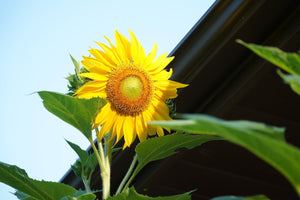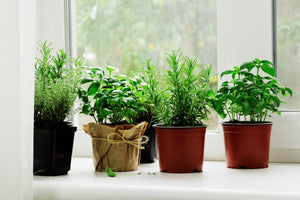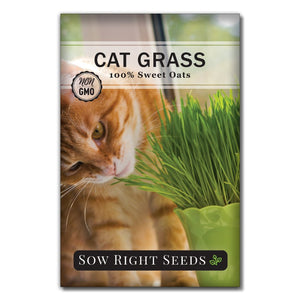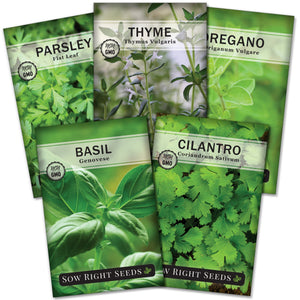Use These Apartment Gardening Tips to Pick Fresh Produce Anywhere
Indoor gardeningIf you want the satisfaction of growing your own food and connecting with nature but think you can’t because you live in an apartment, there’s still hope. There are ways to successfully grow food in your apartment. We’ll cover the basic growing requirements, discuss the necessary gardening tools, and introduce you to plants that grow well in small spaces. Apartment gardening is doable with the right location, tools, and plants.

Apartment Gardening for Beginners
Planning a garden in any location, whether it’s a big backyard or a small balcony, works best if you first understand your location.
Assessing your apartment gardening location.
Most plants need at least 6 hours of sunlight each day. Therefore, a rooftop garden is often an excellent choice. However, any apartment balcony, front porch, small patio, or even a window has potential. To determine your best growing location, track the amount of sunlight your apartment garden space receives each day. Be aware that this amount can vary throughout the year based on the angle of the sun.
If you find that your apartment garden space doesn’t get enough natural light, you can supplement it with grow lights. For each hour of sunlight that your plants need, you can provide 2 hours of artificial light. Next, you’ll want to see if this location is subject to extreme temperatures or wind. You can position your plants against a wall or use screens to protect plants from high winds and extreme temperatures if needed.
Whether it’s a balcony, window box, rooftop, or just a kitchen window, you can make your gardening dreams come true in an apartment!

Apartment Gardening Tools
After you’ve considered the location of your apartment garden, next you’ll need the right tools. Choosing suitable containers, soil, and watering cans is essential.
Containers
Whether indoors or on a balcony, you need something to hold the soil for growing plants. Containers will be your best friend in apartment gardening. You will need sturdy pots that drain well but don’t dry out too quickly. You may even need your pots to be on wheels so that you can move them throughout the day to be in the sunlight. However, considering your location, you will most likely need something lightweight.
There are lots of ways to be creative with gardening containers. For example, hanging planters can increase your growing capacity while leaving space for a balcony lounge chair. Planting boxes attached to a railing can give you room to grow and improve the view. A window box full of flowers can attract bees and butterflies. Small planters that attach to indoor windows are another way to maximize the available sunlight. These work best with herbs and small plants. Increase your space with verticle gardening by using a trellis. Either go up a wall or use it for a privacy screen.
Be creative. Can you vine a cucumber along the railing? How about some peas that climb up a trellis? Or hang some cherry tomatoes upside down? Remember to ensure that pots are securely fastened, and water doesn’t run off onto the neighbor below.

Soil
What kind of soil should you choose for an apartment garden?
When planting in containers, it is important to use potting mix. This type of soil is lightweight and will drain better than regular garden soil. In addition, most plants will do well in a potting mix with a slow-release fertilizer.
Watering Can
Small outdoor containers can dry out quickly. A good watering can will make it easier to give your thirsty plants frequent drinks. Check your plants daily and water them as needed. It is essential to keep the soil moist but not soggy. If the roots stay too wet, they will get root rot.

Plants You Can Grow in an Apartment
The key to choosing the right plants for an apartment is matching your growing conditions to the plant's needs.
Look for plants that are small and compact for successful container growing.
Lettuce is a great option. You can enjoy a garden-fresh salad without using the elevator. Grow some lettuce, radishes, and peas, and you have a delicious fresh salad without a trip to the store.
Pepper plants are perfect for container gardening. They typically grow up to 2 feet tall and don’t spread out.
Determinate tomatoes are another good choice for small spaces. Try growing Roma tomatoes on an apartment balcony.
Shade-tolerant flowers will attract beneficial pollinators and add beauty to a balcony or shady porch.
And if you share your apartment with any furry roommates, try growing some catnip and cat grass. Our Cat Garden has everything you need to get started.
There are also plants that can be successfully grown indoors with the right setup.
The simplest thing to grow indoors is microgreens. These little plants grow so fast they don’t need intense sunlight. They are compact and can be placed anywhere, and you’ll have a harvest within days. Read more about easily growing microgreens.
The next easiest thing to grow indoors is herbs. While many herbs enjoy full sun, some can survive on less light. Basil, chives, mint, oregano, sage, rosemary, and thyme can all be grown indoors. Read more about growing herbs indoors.
An indoor hydroponic system will also allow you to grow food indoors. Lettuce, kale, and pak choi can all be grown indoors. We have a collection of seeds that work well for hydroponics.
Community Gardening
If the gardening bug hits you full-on and you decide you must have more space, consider joining a community garden near you. A community garden is one way to increase your growing capacity.

Being short on space doesn’t mean you have to miss out on the benefits of surrounding yourself with a tranquil garden. By working with your location, knowing what tools and containers to use, and choosing the right plants, you can grow vegetables, herbs, and flowers in your apartment.
You can start apartment gardening with just one seed and see what grows from there.
At Sow Right Seeds, we love helping gardeners succeed, whether it’s a large country farm or your first pot of herbs. Check out our Planter’s Library for more growing help, or send us an email with any questions you have.











Leave a comment